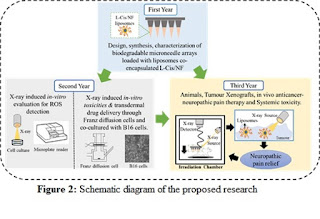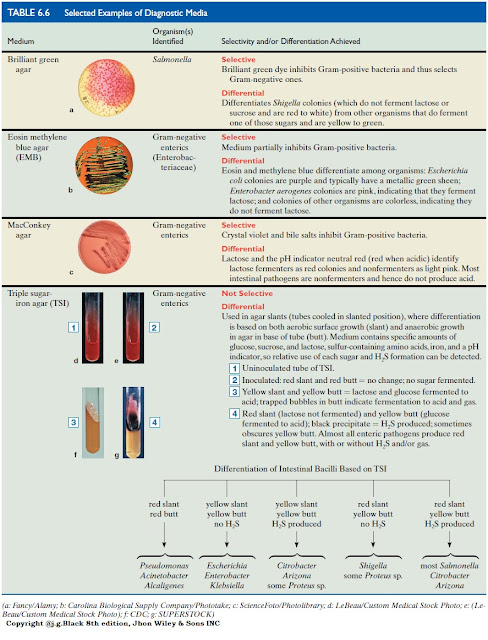Pharmacology of Drugs
Friday, March 26, 2021
Monday, August 3, 2020
Sunday, May 27, 2018
Modern pharmacology with clinical applications
Description:
this book address drugs affecting the autonomic nervous system, cardiovascular
system and CNS, drugs used to treat inflammatory disorders, chemotherapy, drugs
affecting the endocrine system and additional, important drugs such as
histamines and vitamins.
Author name: Charles R. Craig, Robert E. Stitzel
Number of pages: 832
Language: English
Edition: 5th edition
ISBN no.: 0316159344, 978-0316159340
Publishing country: USA
Wednesday, April 11, 2018
DOXACURIUM
Doxacurium
binds competitively to cholinergic
receptors on the motor end-plate to antagonize the action of acetylcholine,
resulting in a block of neuromuscular transmission (non-depolarizing). This
action is antagonized by acetylcholinesterase inhibitors, such as neostigmine. Doxacurium
is a long-acting, nondepolarizing
skeletal muscle relaxant. The neuromuscular block produced by doxacurium may be antagonized by anticholinesterase
agents. As with other nondepolarizing neuromuscular blocking agents, the more
profound the neuromuscular block at reversal, the longer the time and the
greater the dose of anticholinesterase required for recovery of neuromuscular
function. Doxacurium is approximately
2.5 to 3 times more potent than pancuronium and 10 to 12 times more potent than
metocurine.
REFERENCE-KD
TRIPATHI, JAYPEE BROTHERS MEDICAL PUBLISHERS PVT.LTD 7TH EDITION,
REPRINT 2001,PG NO.:347,352,353.
DOXAZOCIN
The mechanism of action of DOXAZOCIN selective blockade of the alpha1
(postjunctional) subtype of adrenergic receptors. Studies in normal human
subjects have shown that doxazosin competitively antagonized the pressor
effects of phenylephrine (an alpha1 agonist) and the systolic pressor effect of
norepinephrine.
REFERENCE-KD
TRIPATHI, JAYPEE BROTHERS MEDICAL PUBLISHERS PVT.LTD 7TH EDITION,
REPRINT 2001,PG NO.:142,144,565.
DOXEPIN
The acute effects of antidepressant treatments on brain norepinephrine
(NE) and serotonin (5-HT) systems cannot account fully for their delayed
therapeutic action. The effects of
long-term antidepressant treatment on biogenic amine metabolism and on various
indexes of presynaptic and postsynaptic receptor function. In contrast to
variable effects on NE and 5-HT turnover and on presynaptic receptor Doxepin treatments
produce consistent alterations in a number of measures of postsynaptic amine
receptor sensitivity. Longterm treatment of Doxepin has been found to reduce β-adrenergic
sensitivity while enhancing responses to serotonergic and α-adrenergic
stimulation, suggesting that modulation of receptor sensitivity may be a
mechanism of action common to tricyclic antidepressants, "atypical"
antidepressants, monoamine oxidase inhibitors, and electroconvulsive therapy.
REFERENCE-KD
TRIPATHI, JAYPEE BROTHERS MEDICAL PUBLISHERS PVT.LTD 7TH EDITION,
REPRINT 2001,PG NO.:458,465.
doxycycline
Doxycycline inhibits
bacterial protein synthesis by binding to the 30S ribosomal subunit. Doxycycline has bacteriostatic activity against a
broad range of Gram-positive and Gram-negative bacteria.
Among the tetracycline group of compounds,
doxycycline blocked and reversed both
spontaneous and interleukin 1β-induced OA-NOS activity in ex
vivo conditions.
Similarly, doxycycline inhibited lipopolysaccharide- and
interferon-γ-stimulated iNOS in RAW 264.7 cells in
vitro, as assessed by nitrite accumulation. Although both these
enzyme isoforms could be inhibited by doxycycline , their susceptibility to
this drugs was distinct.
Subscribe to:
Posts (Atom)

-
Mechanism of action of sulfasalazine:- The mode of action of Sulfasalazine or its metabolites, 5-aminosalicylic acid (5-ASA) and sulfa...
-
Doxacurium binds competitively to cholinergic receptors on the motor end-plate to antagonize the action of acetylcholine, resulting in...
-
NIFEDIPINE: MECHANISM OF ACTION- • It’s a prototype DHP with a rapid onset of action with short duration. • It’s a calcium channel...






